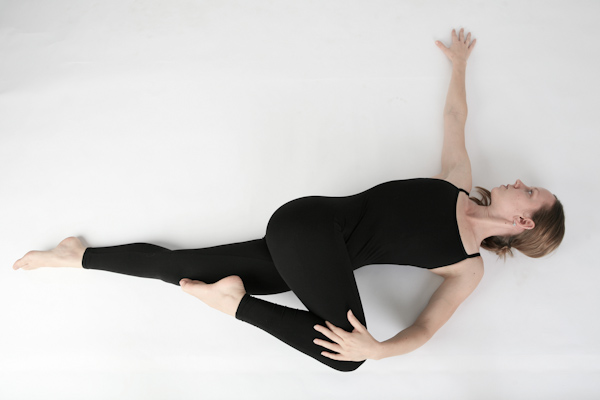 Addiction – what’s often behind it
Addiction – what’s often behind it
Is it peer pressure or at a difficult crossroad in life that triggers any form of addiction?
Often one tends to turn towards reliance on substances – alcohol or drugs – as a shortcut towards achieving delight (manic states), which wasn’t otherwise witnessed during competence or confidence in accomplishing goals. This recurrence of achieving ‘high’ may push the addict to return to the substance. Kicking the habit of reliance on substance gets increasingly harder with time because dip in feel-good hormones leads to anxiety and depression which triggers the need to consume the substance on a higher dose and more frequently.
Path to recovery
Ayurvedic Detox – Purging the system of the substance is an important step to recovery. Depending on the extent of abuse, certified professional assistance with regular consultation will be essential to minimize further process of addiction. Ayurveda presents Panchkarma therapy under the supervision of an Ayurvedic practitioner for detoxification. Other Ayurvedic solutions are Rasayana therapy to strengthen the body after detox.
Ayurvedic Support System – A mature support system that helps the addict to develop themselves without shaming them or jumping in and performing tasks for them is key to building one’s confidence to steer clear of substance abuse. Support systems can be in the form of motivation, psychotherapy, professional development or other support groups such as the 12-step process.
Yoga or Physical Exercise – Once the body is sufficiently strong (depending on the extent of addiction), preferred method of physical activity can help reset habits and alleviate stress and anxiety that accompany addiction. Exercise also helps build self-efficacy. Yoga is very therapeutic in that it helps restores mind-body connection by synchronizing movement with breath (prana), moderation of hormone activation (bandhas), and concentration and removal of distractions (drishti).
There are many poses that aid recovery from addiction.
Let’s get you started with three poses before you develop further practice.
1. Paschimottasana – Start by sitting in Dandasana or staff pose. Inhale and lift your hands and with an exhale lower your hands to grab your big toes. Individuals with tight hamstrings may not be able to grab their toes. In case of tight hamstrings, fold knees ever so slightly so you can extend your spine without injuring the hamstrings.
Benefits
• Calms the brain and helps relieve stress and mild depression
• Stretches the spine, shoulders, hamstrings
• Stimulates the liver, kidneys, ovaries, and uterus
• Improves digestion
• Relieve the symptoms of menopause and menstrual discomfort
• Soothes headache and anxiety and reduces fatigue
• Therapeutic for high blood pressure, infertility, insomnia, and sinusitis
• Traditional texts say that Paschimottanasana increases appetite, reduces obesity, and cures diseases.
2. Viparitha Karni – Start by lying on your back in front of a wall. Inhale and raise your legs resting it against the wall forming a right angle with your torso. Breath normally for three to five breaths while in Viparitha Karni. You can use a blanket under your pelvis for comfort.
Benefits
• Anxiety
• Arthritis
• Digestive problems
• Headache
• High and low blood pressure
• Insomnia
• Migraine
• Mild depression
• Respiratory ailments
• Urinary disorders
• Varicose veins
3. Ardha Jathara Parivrthasana – Start by lying on your back and inhale while folding your knees to the chest. Gently lower the knees to the right side and look at your outstretched left hand to enhance the stretch. Hold the pose for three to five breaths and repeat the actions on the other side.
Benefits-
• Tones spinal column
• Removes stiffness of the spine and shoulders.
• Stimulates large intestines
• Elimination of toxins
• Stretches the back muscles and glutes.
• Massages the back and hips.
• Helps to hydrate the spinal disks.
• Lengthens, relaxes, and realigns the spine.
• Massages the abdominal organs and strengthens the abdominal muscles
These above poses engage your entire system but individuals with spinal injuries need to discuss practicing them with a doctor. Body scanning followed by complete relaxation in Shavasana after a practice enhances mindfulness which is key to breaking the trigger-behaviour-pattern.
